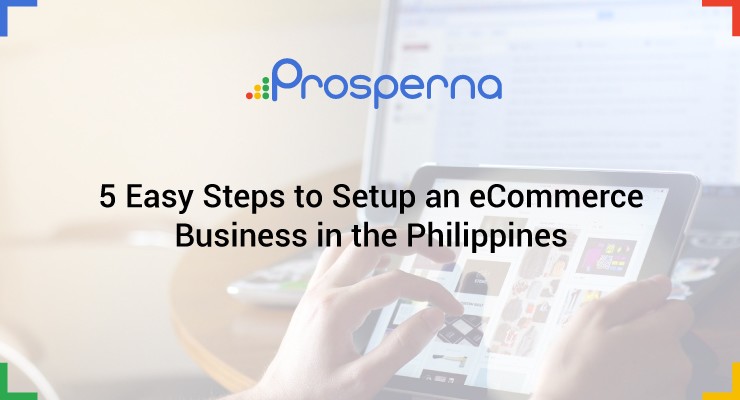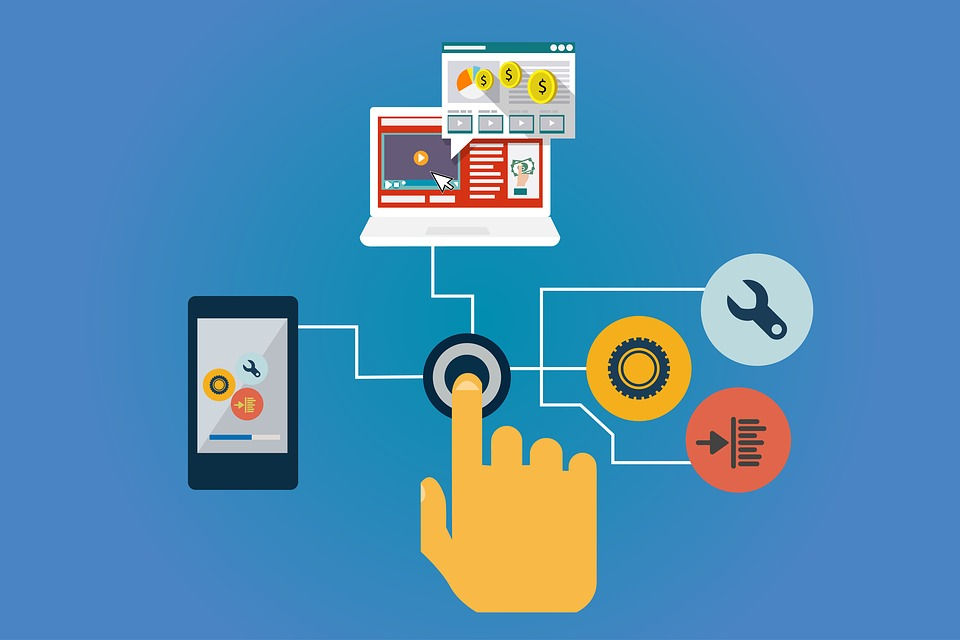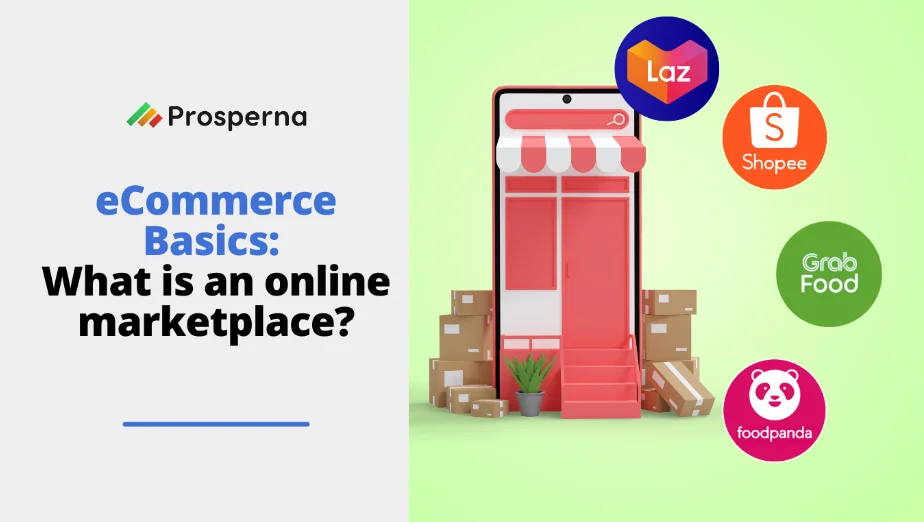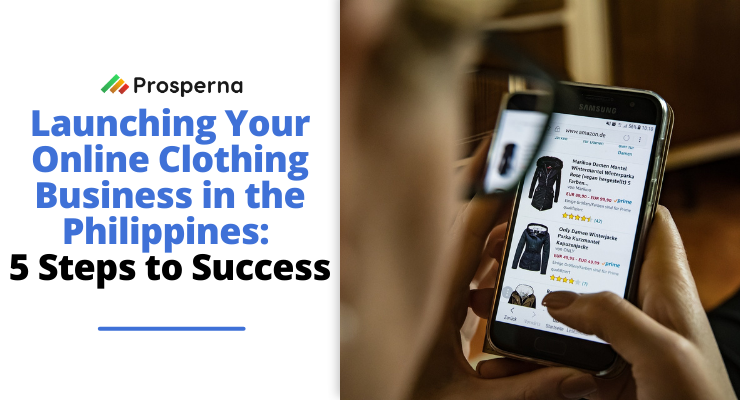Setting up an eCommerce Business in the Philippines is a no-brainer!
Imagine being located in the social media capital of the world and online presence is one of the determining factors of success in today’s world…
And the eCommerce industry is expected to be relevant in the next 5 years or so, according to the global market research database, ResearchMoz.
Technology disrupted the local market through the millions of smartphones and gadgets that consumers have purchased for their personal use such as shopping; making e-commerce applications and platforms relevant for businesses to become visible.
To help you on the right track, here’s 5 Easy Steps to Setup an eCommerce Business in the Philippines:
1. Create an Idea
For starters, you need to come up with a framework about the business you have in mind. If you already have a business, it’s still important that you assess your current business plan with the Philippine market for trends that align with your objectives.
Here’s our list of considerations that will help you determine what to do with your framework:
- Product Simplicity is Key – It’s best to have a core product that your brand will be known for as having too many products to choose from can overwhelm consumers. We suggest focusing on only one or two products to start with and adjust your catalog according to consumer feedback and demand.
- What’s On Trend – According to the news, the top-selling products that are sold online in the Philippines include electronics and media. This was also mentioned by online business advisor, eCommerce CEO, along with online food delivery, fashion, health and beauty products.
- Build Your Network – Once you find or adjust your product into something relevant for you and your market, it’s ideal to expand and make connections with people from the same or partnering industry. Try collaborating with other small businesses or established corporations for projects like a marketing campaign or creating a product together.
Turning your business plan into a reality means having your credentials approved, recognized and licensed by government organizations in the country. This makes gaining approval from suppliers to sell even easier.
2. Research about the Industry
So you’re done with the product and the networking, what you need to do next is to identify the initial and ideal demographic. Here are some factors to consider that will help you find your target market:
- Product – what you’re selling and what it does for your consumers, will help to categorize your services. Also assess what makes it unique when compared to competitors. Is it the affordability or accessibility?
- Niche – which particular group do you have in mind when selling? Or for current business owners, what type of market do you attract? Think of a specific age range, location, occupation and maybe even hobbies that best suit what you have to offer and are more likely to buy from you.
- Purpose and Benefits – think of the reasons why they want to purchase from you or buy what you’re selling. Is it convenient? Are there perks that you offer limited buyers?
According to research from the previous year, internet users aged 16 to 64 are active internet users when it comes to searching for products and services, especially on mobile devices. This will become useful when you post ads and launch marketing campaigns.
*We’ll discuss ads and marketing further in the article, so keep on reading.*
3. Branding
Some businesses, old and new, are often unaware of how much impact branding has and how people buy brands more than just a product. Branding helps to identify and differentiate a company from other products and services.
You can watch our vlog to learn more about how to build branding for professionals and companies.
If you’re still starting out to work on your branding, some factors of your eCommerce business that you can work on include:
- Domain Name – We’ve made pointers about this before, but in summary, a domain name or your web address (URL) will forever be associated with your branding. When choosing a URL, you need to consider your extension, how easy it is to spell and remember; a specific keyword related to your business and target audience.
- Business Logo – If your logo is outdated or yet to have one created, your ecommerce business is the best place to get it made or updated. Having a creative and memorable logo is an effective factor in building branding because it would be associated with your business persona.
- USP – Enumerate what makes you better compared to competitors in the same market. So it involves not just the product itself, but also its corresponding features and how you present them.
- Style Guide – this is determined by the color palette, fonts for typography, as well as theme and style used by your company all over; like your website, marketing campaigns and even social media. When you work with a team of reliable website developers, tasks like designing your logo and palette can be made easier.
4. Reliable Ecommerce Website Builder
There are many ways to market and sell online, but if you’re an avid reader of our blogs then you’d know how important it is to have your own website.
Take note of these points on what to ensure that your website builder can do for your eCommerce business:
- Store – Customer experience online determines the likelihood of a shopper to purchase again or recommend your brand to others. A well-made eCommerce website will feature an attractive homepage, complete with an about section; and tabs for the online store, team members (sellers), information page for payment and logistics, etc. When selling online, your platform should be accessible on smartphone devices by being mobile-responsive.
- Inventory – You have to ensure customer satisfaction by providing them with immediate support and smooth service when searching through your product catalog or acquiring services. These include putting high quality photos, searchable names and proper pricing with description.
- Payment – The most convenient way for shoppers to make payments are online through debit, prepaid and credit cards. Popular gateways in the Philippines are PayPal, Paymongo and DragonPay; you can also try mobile wallets like GCash, Paymaya and Coins.ph or your smartphone’s built-in wallet like Apple Pay and Google Pay. We even provided a step-by-step guide on how to setup online payments on your website.
- Logistics – If you want to become competitive in the market, you should be able to deliver orders fast and hassle-free. Your options include courier and shipping companies like LBC, Air21 and 2GO Express; or delivery apps like Lalamove, Mober and Transportify that offer same-day delivery services for online businesses in the Philippines.
5. Marketing Strategies
There’s more than one way to market and sell, the easiest way is online. Popular social media platforms like Facebook, Instagram and YouTube are providing digital marketing solutions to help an eCommerce Business in the Philippines like yours to stick out, generate revenue and sales.
Here are some strategies you should definitely practice:
- Social Media Marketing – according to global statistics, 91.05% of social media users in the Philippines are on Facebook; and leveraging this platform will help your eCommerce business to enter the local market. Engage in tailored posting to filter out your marketing campaigns based on your target market.
- User-Generated Content – we’ve been constantly promoting the importance of content on our website archive because you can communicate your message, educate readers and persuade them to purchase your products and services. According to research, 2020 is the year for localized marketing where brands engage with the local market to promote. You can post their testimonials through screenshots or quoting them on your social media and website.
- Email & SMS Blasting – WWhile these two platforms are separate, it’s apparent how relevant online and mobile campaigns are for marketing. We’ve written about email strategies and SMS guides for real estate that can also apply to eCommerce businesses because it follows the same marketing principles. The Philippines is home to the best CRM provider that includes email and SMS blast features.
Proceeding to Checkout (What’s Next?)
Despite the heavy internet usage that Filipinos consume daily, the recurring challenge for businesses is reaching out to their target market. Most people do not know the importance of having an online presence, leveraging technology and using social media for their business.
What better way to boost the online presence of your eCommerce business than to have your very own website, where you can:
- Establish your online branding
- List products exclusively
- Have Zero Competition
- Campaign Direct Marketing
- Post With Freedom of Content
- Integrate with Social Media
We recommend choosing a website builder to get your money’s worth. There’s a guarantee that your website will be modern and mobile-responsive. Prosperna offers more than just hosting, antivirus, and maintenance; there’s also the option of having regular blog content and 24/7 support for you.
Want to start selling online? Create your Prosperna Online Store now – it’s free forever.










